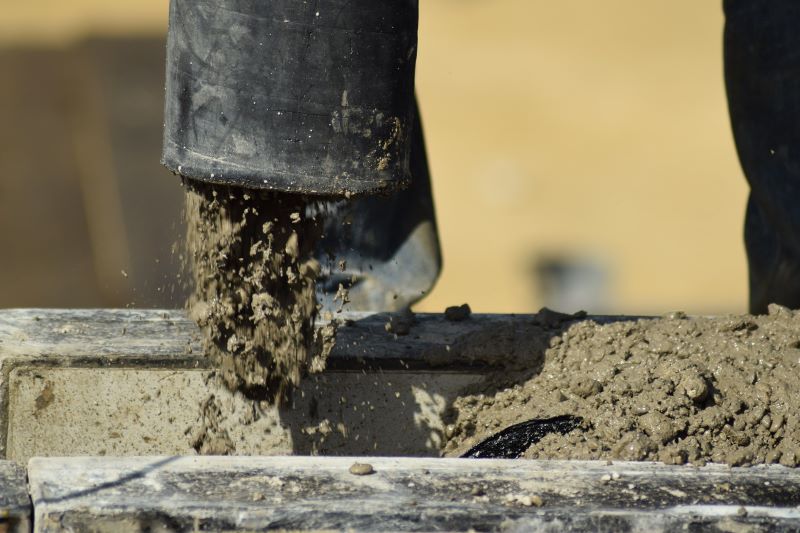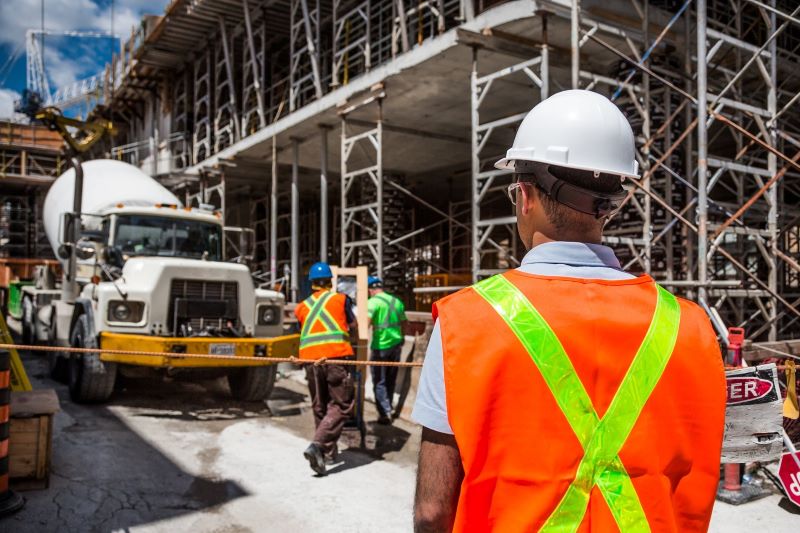Sustainable Concrete Construction: An Overview of Key Concepts
Concrete is the most widely used building material in the world, but its production and use can have significant environmental impacts. As concerns about climate change and sustainability grow, the construction industry is seeking new ways to reduce the carbon footprint of concrete.
Sustainable concrete construction offers a solution by incorporating environmentally friendly practices and materials into the design, production, and use of concrete structures. In this blog post, we will provide an overview of key concepts in sustainable concrete construction. Let’s get started.
Right Tooling
To achieve high-quality results in concrete construction, it is important to use the right tools. The use of appropriate equipment and tools not only ensures precision in construction but also reduces the risk of accidents and injuries. For instance, concrete grinding diamond tooling can be a highly effective tool for sustainable concrete construction. This type of tooling uses diamond particles to grind and polish concrete surfaces, creating a smooth and even finish. Compared to traditional grinding methods, it produces less dust, which reduces the risk of respiratory problems for workers and minimizes the need for additional cleaning.
Additionally, diamond tooling can be used to remove old coatings or adhesives, which can extend the life of concrete surfaces and reduce the need for replacement. By using the right tooling, and sustainable concrete construction you can improve efficiency, and safety, and achieve a bigger environmental impact.
Right Materials
Selecting the right materials is essential for sustainable concrete construction. It is important to choose materials that have a low environmental impact and can be sourced responsibly. Using recycled aggregates or industrial byproducts, such as fly ash or slag, as a replacement for traditional aggregates can significantly reduce the carbon footprint of concrete production.
Moreover, using materials with a lower carbon footprint in the manufacturing process, such as low-carbon types of cement, can further reduce the environmental impact of concrete production. By selecting the right materials, you would get sustainable concrete construction while minimizing environmental impact and maximizing efficiency.
Alternative Materials
The use of alternative materials is a key aspect of sustainable concrete construction. One such material is geopolymer, which is a type of cement made from industrial waste, such as fly ash or slag. Geopolymer has a lower carbon footprint than traditional cement and can be used to produce durable and long-lasting concrete structures.
Another alternative material is bamboo, which can be used as a reinforcement material in concrete structures. Bamboo is a renewable resource that has a lower environmental impact than traditional reinforcement materials, such as steel. By incorporating alternative materials into concrete construction, sustainable practices can be achieved while reducing environmental impact and promoting resource conservation.
Recycling
Recycling is a crucial element of sustainable concrete construction. Concrete is a highly recyclable material that can be reused in a variety of applications. Recycled concrete can be crushed and used as aggregate in new concrete, reducing the need for virgin materials and lowering the carbon footprint of concrete production.
Additionally, recycled concrete can be used as a base material for roads and pathways, or as a filling material for construction projects. Recycling also reduces the amount of waste that ends up in landfills, conserves resources, and helps to promote a circular economy. By incorporating recycling into concrete construction practices, sustainable and eco-friendly outcomes can be achieved.
Sustainable Design
Sustainable design is a critical aspect of sustainable concrete construction. Implementing a design approach that takes into account the environmental impact of the structure, the materials used, and the construction process, the overall sustainability of the project can be improved. For example, designing a structure with natural ventilation and daylighting can reduce the need for mechanical systems and artificial lighting, thus lowering energy consumption.
Designing for the longevity of the structure, such as incorporating durable materials and maintenance considerations, can also reduce the need for frequent repairs and replacements, thereby reducing waste and conserving resources. It can also help create a built environment that is not only functional but also eco-friendly and sustainable.
Waste Reduction

Waste reduction is an important component of sustainable concrete construction. Construction waste, including concrete waste, can have a significant environmental impact and can also be costly to dispose of. To reduce waste, sustainable concrete construction practices often focus on reducing excess materials, optimizing material usage, and implementing proper waste management techniques. For example, by using precast concrete components, waste can be minimized, as the components are manufactured off-site to exact specifications.
Properly managing construction waste through recycling and repurposing can also further reduce waste and promote resource conservation. By focusing on waste reduction in concrete construction, sustainable practices can be achieved while also minimizing environmental impact and lowering costs.
Sustainable concrete construction offers a way to reduce the environmental impact of concrete while still meeting the needs of the construction industry. Making sure to use the right tooling, selecting the right materials, incorporating alternative materials, and designing for sustainability, you will adopt eco-friendly processes. Reducing waste and promoting resource conservation are also key components of sustainable concrete construction. Construction industry can contribute to a more sustainable future for the planet by adopting eco-friendly practices and standards.








